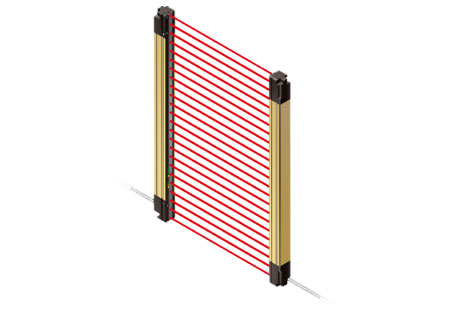What Is Category 4 Safety?
Key Takeaway
Category 4 safety is the highest level of reliability for control systems as defined by the ISO 13849 standard. It builds upon the requirements of Category 3 but adds the need for systems to be highly resilient against faults accumulating over time. This level of safety is crucial in environments where even a minor failure could lead to severe consequences.
To achieve Category 4 safety, systems use advanced safety devices that are rigorously monitored and controlled. These systems are designed to ensure that any potential faults do not lead to unsafe conditions, thereby maintaining operational safety and protecting both machinery and personnel.
Defining Category 4 Safety Standards
Category 4 safety standards are the most accurate in the hierarchy of machinery safety. These standards are designed to ensure that safety systems are robust, redundant, and capable of achieving the highest level of performance even under fault conditions. They are typically mandated in sectors where the risk of injury or damage is substantial, such as in heavy manufacturing, robotic automation, and other high-risk industries. Understanding these standards is not just about compliance; it’s about advanced a culture of safety that prioritizes human life.

Core Components of a Category 4 Safety System
A Category 4 safety system is built on the foundation of redundancy and fault tolerance. This includes multiple sensors, controllers, and actuators working in concert to ensure safety functions can be maintained despite any single point of failure. These systems often employ advanced technologies such as safety PLCs (Programmable Logic Controllers) and redundant circuitry to perform continuous checks and balances, ensuring operations never compromise safety.
The Role of Redundancy in Category 4 Safety
In Category 4 safety, redundancy is more than a feature—it’s a requirement. This approach involves duplicating critical components and paths within the safety system to ensure that a single failure does not lead to a dangerous event. Such redundancy allows systems to remain operational and safe, providing an essential layer of protection that helps mitigate potential risks associated with equipment failure or unexpected operational anomalies.
Integrating Category 4 Safety with Automation
The integration of Category 4 safety systems with automated manufacturing processes represents a significant advancement in industrial safety. These systems are designed to seamlessly interact with automation technologies, ensuring that safety measures evolve in step with technological advancements. This integration allows for real-time monitoring and immediate response to any identified risks, enhancing both the safety and efficiency of industrial operations.
The Impact of Category 4 Safety on Machine Design
Implementing Category 4 safety standards significantly influences the design and functionality of industrial machinery. Engineers must incorporate complex safety mechanisms from the initial design phase, ensuring that machines are not only efficient but inherently safe. This might include the design of emergency stop systems, guard interlocking, and safety sensors that all conform to the highest safety protocols, ensuring they meet Category 4 standards.
Conclusion
Embracing Category 4 safety is essential for industries operating in high-risk environments. This standard is not just about adhering to legal requirements—it’s about ensuring the highest level of safety for employees and the smooth operation of machinery. By understanding and implementing Category 4 safety, engineers contribute significantly to building a safer, more reliable workplace. Remember, in the realm of industrial safety, achieving Category 4 is not just an achievement; it’s a commitment to excellence in safety and operational integrity.
